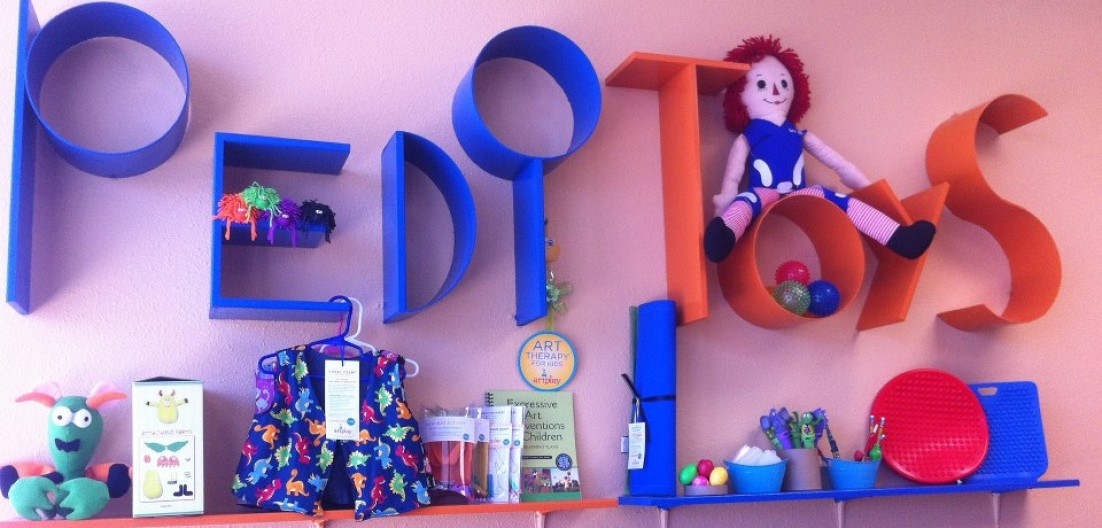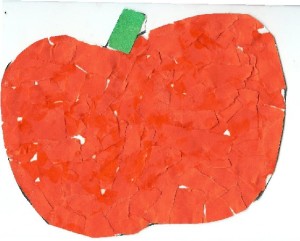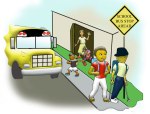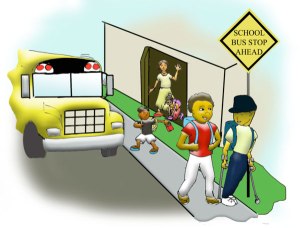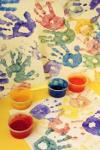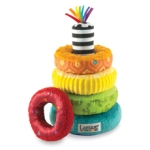We here at PEDI Center keep our eyes and ears open for any new resources we can provide for families. A brand-new program has come to the Valley of the Sun. Here’s a message sent out to service providers from the founders of PEN (Parents Education Network) that tells us about their mission.
A message and invitation from Jen Kasten and Heather Nassar
Co-founders, PEN Phoenix
Many of us go about our daily lives without noticing the relative isolation in which we live — until we find ourselves facing questions about our children’s education. Even those of us who have lived in the Valley for years often don’t know where to start to find answers. For parents of children with learning or attention differences, it can be an especially lonely journey.
That is why we are bringing the Parents Education Network (“PEN”) to Phoenix. PEN started as a grassroots organization in 2003 in San Francisco, California. The founders were a group of parents who individually struggled to find the information, services, and expertise to help their children succeed academically. Over the past ten years, this small group of parents evolved into a thriving nonprofit organization with national impact, galvanizing an entire community of parents, educators, students, and related professionals. We are fortunate that Phoenix is one of a handful of cities in which PEN has chosen to launch a pilot “affiliate” chapter.
Our first organizational meeting earlier this month (November 2013) was a resounding success, bringing together thoughtful people from all around the Valley who share a passion and commitment to creating a collaborative education community. We’ve already begun planning an exciting speakers series and are ready to begin discussing the development of additional programs and events.
Whether you are a parent, educator, professional, or simply an interested community member, we would like to invite you to our next organizational meeting to learn how you can become involved. Please join us:
2-3:30 p.m. on Dec. 8, 2013 at theChildren’s Museum of Phoenix (Marley Room on second floor)
 Come join the movement that is dedicated to helping you implement the new “science of the individual” in your home and classroom. Our vision is to spread the word through community awareness; parents, educators and students can discover together that each of us has a learning profile that is all our own.
Come join the movement that is dedicated to helping you implement the new “science of the individual” in your home and classroom. Our vision is to spread the word through community awareness; parents, educators and students can discover together that each of us has a learning profile that is all our own.
Related articles
- PEN holding parent education workshops (altadenablog.com)
- Milledgeville professor publishes report on why, how parents choose private school (milledgeville.13wmaz.com)
- If You Can Read This, You May Advance to Fourth Grade (zocalopublicsquare.org)
- Five ways to help your child – from a headteacher! (tutorhub.com)
